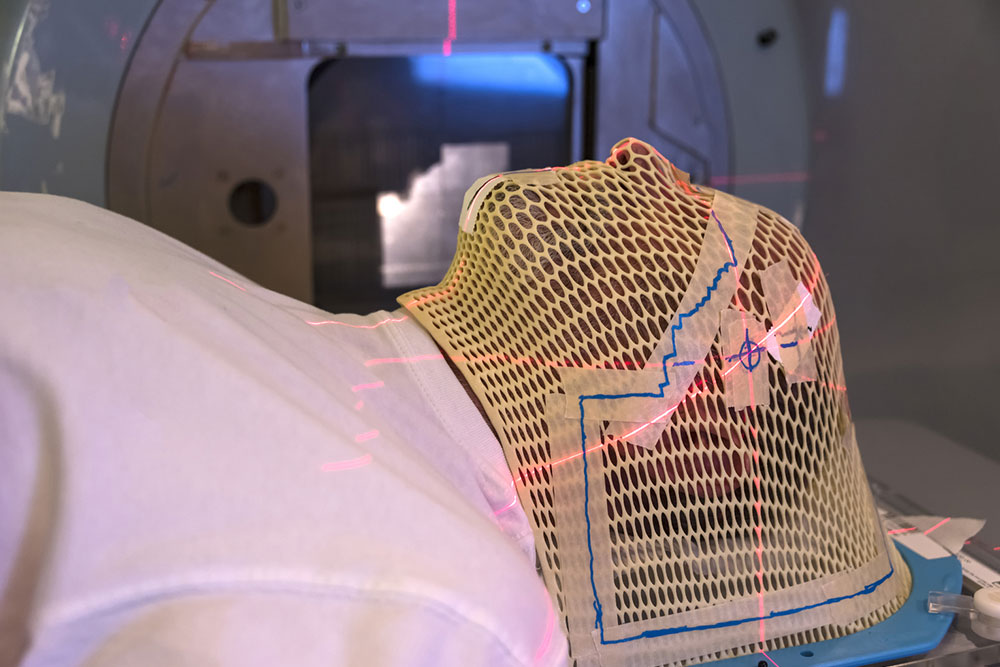
Understanding Radiation Therapy
Radiation therapy is a treatment in which strong light beams are used to attack cancerous cells. The intense energy radiated by these beams helps kill cancer cells. In this therapy, X-rays are generally used. However, there are different types of energy, such as protons, that can be used.
Radiation therapy is one of the most common cancer treatments used by oncologists. Here are some facts about this form of treatment.
1. External and internal radiation
Radiation therapy is also known as external beam radiation therapy. High energy beams come from outside the body, which is aimed at the targeted organ. There is another kind of radiation therapy known as brachytherapy, wherein the radiation is placed inside the body.
2. The functioning of radiation therapy
Radiation therapy works by damaging the cells that destroy the material in the genes controlling the growth and division of cells. While both cancerous and healthy cells can be destroyed by this therapy, the main aim is to damage the least possible healthy cells. However, the remaining healthy cells are often capable of repairing the damage caused.
3. Using radiation therapy in different scenarios
There are many ways in which radiation therapy is used for treating cancer. Some common ways are:
- Used as the primary source of treatment
- Used before surgery, in order to help shrink the cancerous tumor before it is removed
- Helps in stopping the growth of any cancerous cells after surgery
- Used in combination with other treatments such as chemotherapy and surgery
- Helps in alleviating the symptoms of cancer
4. Risks involved
Just like with any of the other common cancer treatments like chemotherapy, there are side-effects associated with radiation therapy. Some of them are:
- For any part of the body being treated, the patient may experience hair loss. The part that is being treated may experience irritation too.
- If the head and neck are being treated, then the patient may experience thickening of saliva, drying of the mouth, decaying of teeth, sore throat, and a change in taste buds.
- If the chest is being treated then the patient may experience vomiting, nausea, and diarrhea.
- For the pelvis, the patient may even experience sexual dysfunction, irritation in the bladder, frequent diarrhea, and a constant need of urination.
5. Preparation
Here is what you should know about preparing for radiation therapy:
- Radiation simulation may be undertaken. During this, the team of doctors works by helping you find a position in which you are comfortable before the therapy can be undertaken. You would need to lie down during the treatment, so the aim is to find a position that can work well for both you and the doctor.
- You would also need to go through computerized tomography (CT) scans as many times as required, so that the doctor gets an idea about how and where to operate.
The operating radiologist further guides patients on information that is specific to their treatment.


